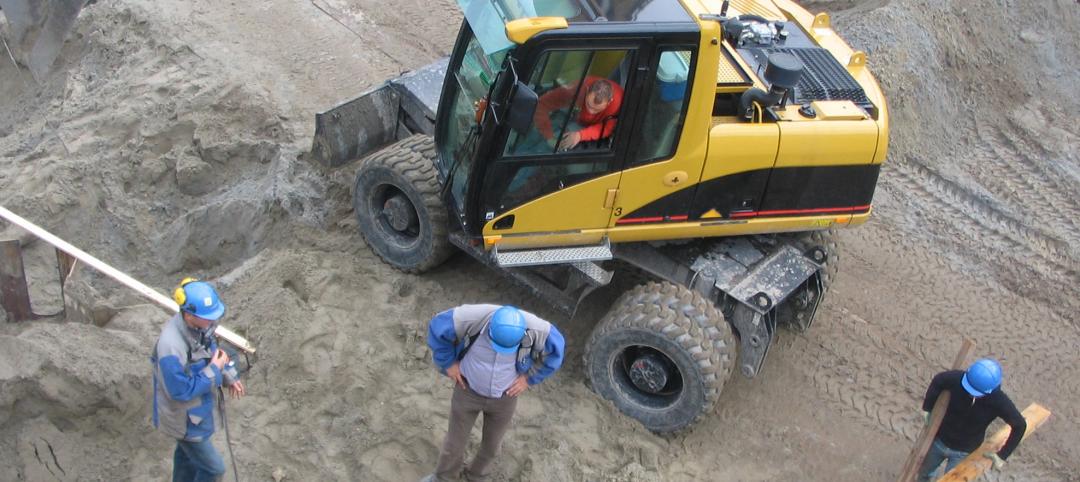The LEED Dynamic Plaque could aid certified buildings in maintaining performance with up-to-date information about water and energy use, waste reduction efforts, occupant experience, and other green performance categories. The USGBC released the dynamic plaque tool earlier this year so that property managers can have better information to monitor a building’s performance and make improvements to boost the property’s LEED score.
The plaques are publicly displayed within a building and can be viewed by anyone. The devices are meant to encourage more interaction with occupants, owners, and investors on a building’s LEED status.
As more asset managers want to know if potential acquisitions are LEED-certified, they may also be interested in monitoring performance when they consider purchasing properties or renewing leases. With continuous monitoring, the LEED Dynamic Plaque allows investors, asset managers and even tenants to demand an actively managed LEED score within a certain range.
A company’s real estate team can ask landlords to more frequently report on sustainability targets at each location, as well as conduct regular occupant satisfaction surveys. They can ask that the LEED Dynamic Plaque score never drop below a certain score, or that occupant satisfaction never dip below a certain percentage. This will help to ensure that LEED certified buildings are properly maintained and being operated as intended in the design.
(http://www.greenbiz.com/blog/2014/07/22/what-makes-leed-dynamic-plaque-game-changer)
Related Stories
| Nov 3, 2011
OSHA Publishes Information on Rights and Safety
OSHA recently published new and revised information that explains workers’ and employers’ rights, as well as how to protect workers from hazards in the construction industry.
| Nov 3, 2011
Sierra Club Critical of Albuquerque Mayor’s Push to Weaken Green Code
The mayor’s plan to move to a less environmentally friendly code would mean confusion for people in the construction industry and a loss of energy efficiency and money for consumers, said Shrayas Jatkar of the Sierra Club.
| Nov 3, 2011
Lax Code Enforcement Blamed for Deaths in Turkey’s Earthquake
Despite tough safety codes approved a decade ago after earthquakes killed 18,000 people, lax enforcement led to hundreds of deaths after a recent earthquake in Turkey.
| Nov 3, 2011
International Green Construction Code Will Provide Template for Local Codes
A uniform code for green construction is being readied for publication in March.
| Oct 31, 2011
NIST issues new code requirements
Buildings taller than 420 feet are now required to include an extra exit stairwell or a specially designed elevator that occupants can use for evacuations.
| Oct 28, 2011
Los Angeles County mulling building codes for improving health
An ordinance would amend county building codes to promote better walking environments, encourage more bicycling, improve access to healthy foods (farmers markets, community gardens), and enhance project review requirements to ensure that developers include healthy-lifestyle components in their building plans.
| Oct 28, 2011
Bipartisan opposition to federal 3% withholding for contractors
Both major political parties and the Obama Administration support repealing a law that would withhold 3% of all government contracts.
| Oct 28, 2011
OSHA requires training module on top causes of construction deaths
The Occupational Health and Safety Administration (OSHA) now requires a training module on the top four causes of death for construction workers.
| Oct 28, 2011
New York City requiring building energy use to be posted online
Owners of every New York City commercial and residential building larger than 50,000 sf will have to post each building’s energy use online by 2013.
| Oct 28, 2011
New ISO standard for escalator safety
A new ISO standard specifies safety requirements for escalators and moving walks.











